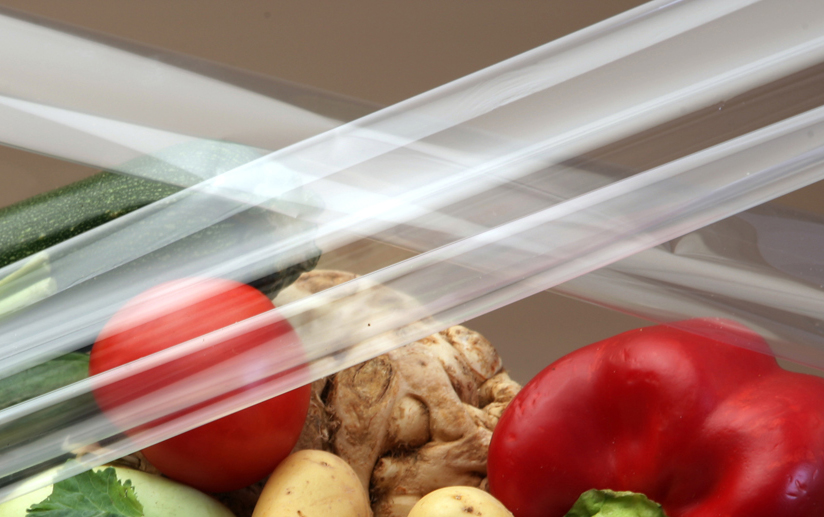Active packaging keeps meat fresh for longer
Meat, sausage, cheese and fruit can usually only be bought packaged in supermarkets. Active packaging, which consumes oxygen, regulates moisture and reduces bacteria, protects food and extends its shelf life. Active packaging protects food.
Oxygen, bacteria, moisture - all of these can damage fresh food. Packaging can protect them from this, but to varying degrees. Some films are coated in such a way that they keep out oxygen and moisture particularly well. In addition, there are packaging solutions that actively combat oxygen or bacteria, or adjust the optimum moisture content in the package. These solutions are known as "active packaging". They are different coatings of packaging films that preserve the shelf life of food for longer.
Whey keeps out oxygen, moisture and bacteria
Film packaging of fresh, perishable foods, such as cheese, sausage, fish and meat, are often coated with synthetic polymer layers. These keep moisture and oxygen away from the product. Ehtylvinyl alcohol (EVOH), a non-renewable petroleum-based raw material, is usually used as the barrier layer.
In the European joint project "Wheylayer", scientists from the IVV have now developed a renewable natural alternative in cooperation with partners: A layer of modified whey protein. Whey is produced in large quantities during cheese production; in Germany, about 40 percent is discarded. The researchers have developed a process to purify and isolate the whey proteins. They are then chemically and enzymatically modified. A formulation is then created. This can then be applied as a layer that has very good barrier properties against moisture and oxygen.
In addition, the proteins have inherent antimicrobial properties that further improve the shelf life of the food. And it's better for the environment, too: CO2 emissions during production are lower than with conventional packaging.
Antimicrobial packaging
Germs such as bacteria or molds cause food to spoil faster and can also be harmful to health. Preservatives counteract the pathogens. IVV scientists have developed an antimicrobial coating for packaging using sorbic acid, a common preservative. When the film comes into contact with the food, it releases the active ingredients onto the surface of the product. In addition, it serves as a sealing layer. The packaging thus protects against contamination, but can also combat existing contamination. Sorbic acid has several advantages. It is effective against relevant food germs, and at the same time it is neither toxic nor allergenic to humans. It smells and tastes neutral and is already approved for plastics as well as for many foods.
Active against oxygen
If sausage is left in the open, it quickly turns gray. But many other foods also suffer from the effects of oxygen: they become rancid, quickly taste and smell bad, and vitamins and other ingredients are broken down. Even small amounts of oxygen in the packaging are enough to cause this. Oxygen scavengers consume this oxygen and thus protect the food. Various substances are already used here. The important thing here is that the absorber is faster than the food, i.e. it consumes the oxygen more quickly before it can damage the product. In addition, the substance must of course be food-compatible. Scientists at the Fraunhofer IVV have already developed such scavengers themselves. However, they are also investigating commercially available systems. In doing so, they test their speed of degradation, assess whether the use of the absorber is worthwhile and check its compatibility.
 Fraunhofer Agriculture and Food Industry Alliance
Fraunhofer Agriculture and Food Industry Alliance